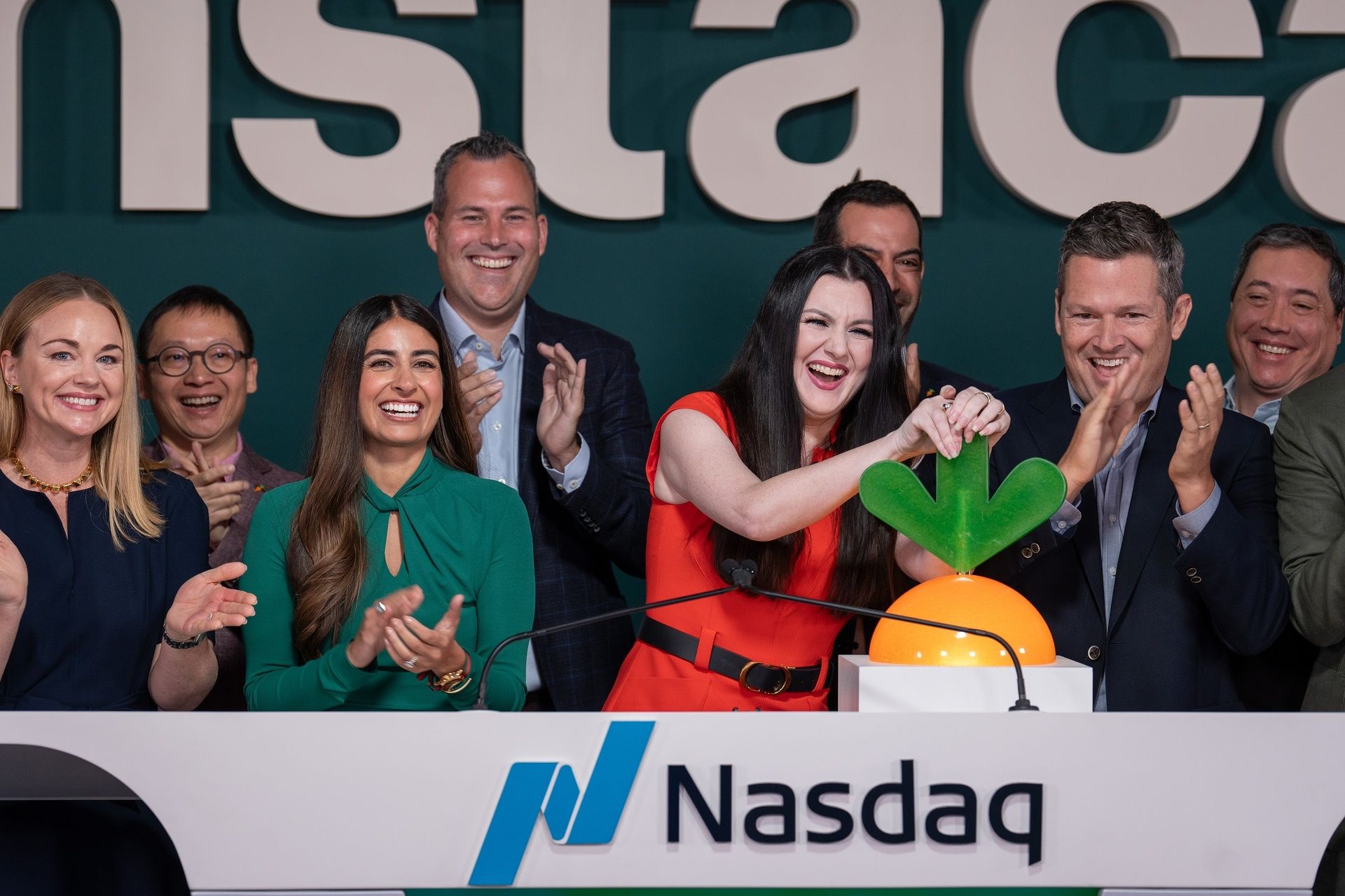Before we go absolutely HAM on IPO lockups, budget (lol) some time for this week’s Run the Numbers Pod with Front’s CFO, Jenny Decker. We discuss Playing Eagle vs Mouse, men taking paternity leave, and RACI / DACI decision making frameworks.

Congrats to Instacart and Klaviyo on their recent IPOs. Tenured employees are about to go out and cop those jet-skis they’ve always wanted.
Well… in approx 180 days, lol.

You see, there’s this thing called a lockup period. It bars employees from selling immediately. Why do this?
Protect the stock price: If everyone sells, it will flood the market and the stock price will tank.
Employee Retention: An IPO is a milestone, not the end of the journey. You don’t want a mass exodus of key employees.
Like most things in this opaque IPO process, there’s an art and a science to setting lock up periods.

Target Float
Float is the percentage of shares in a company that are available to trade
Contrary to popular belief, 100% of a company’s shares are not free to move around and change hands
As a company set to IPO, you want your stock to pop
To do so you attempt to price the shares right while artificially constraining the amount of “float” so the demand outweighs supply
Part of determining the float is constraining what employees, execs, and board members can sell
If all employees were free to trade, this would increase the float and could cause the stock to tank
That’s why investment banks will work with the company’s management to come up with a target float % for Day 1, First Earnings, Second Earnings, and a fully distributed steady state
Primary and Secondary Components
Primary proceeds from an IPO are when the company creates new shares and sells them to raise money
That money goes into the company’s bank account and can be used to fuel growth
Secondaries are when an existing shareholder sells to someone else, and the company does not get any money from the transaction
For IPOs with secondaries, the majority of shares sold, or 50% to 75%, are still primary proceeds
Proceeds Raised and Float
The average float in my data set from 2019 through 2021 is ~12% (first quartile of 9.5%, median of 11%, and third quartile of 15%)
Companies sold shares worth between $800M and $1B (primary and secondary)
Klaviyo raised $576M on an implied market cap of $9B = float of ~6.4%
Instacart raised $660M on an implied market cap of $10B = float of ~6.6%
Klayvio and Instacart had lower floats on purpose - it implies they didn’t think the appetite for IPOs would be crazy, so they artificially constrained the supply to about half what we saw from 2019 through 2021
Lockup Periods
Lockup periods are all tied to initial float at IPO
It’s typical to have either none, one or two milestones
Direct listings usually have no lockups (Slack, Palantir, Coinbase)
Traditional IPOs usually have 90 or 180 day lockups that can be accomplished in either one or two steps, based on a number of days since the IPO or an event, such as an earnings call
Klaviyo’s employee lockup is 180 days:
Instacart’s employee lockup is 180 days, but perhaps sooner due to a special provision:
Typically 100% of all employees are eligible to sell their stock by 180 days or after the second earnings call
Float is achieved through multiple lock up periods ending
The average “second” release is 2x the first
Example: if company floats 10% on day 1, second release will be for 20% more, or 30% total)

Waiting for Godot

Klaviyo and Instacart employees are anxiously watching the share price. At the time of going to print (LOL, like we are a real newspaper or something), Klaviyo is 5% ahead of it’s issuance price, and Instacart is 10% behind.

Imagine you are an early employee sitting on 100,000 or 200,000 shares - that’s real, life-changing money waiting in the wings, bouncing around like a ping pong ball for six months.
So fingers crossed for the employees, and the larger IPO market. And keep an eye out for Day 180 - following general supply / demand logic - you should expect the share price to face downward pressure as the hounds are released.
